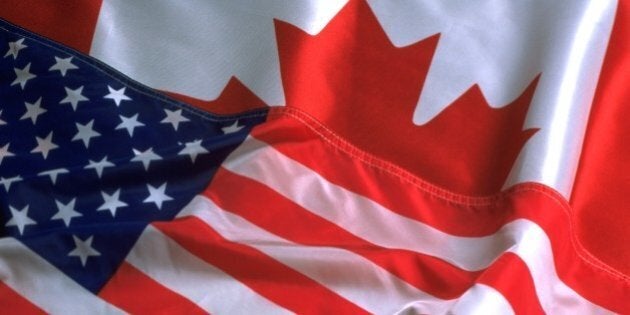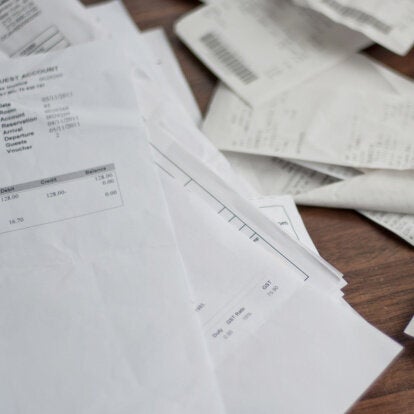
IRS requires gains from certain Canadian accounts to be reported annually
Registered Retirement Savings Plans (RRSPs), Registered Education Savings Plans (RESPs) and Tax-Free Savings Accounts (TFSAs) are three tax shelters available to Canadian taxpayers. They all offer different benefits while providing the opportunity to save some tax dollars. And many taxpayers have taken advantage of one or more of these accounts.
But some of the tax benefits take a hit at the border. The good news for U.S. citizens living in Canada is RRSPs are treated similarly to the 401k retirement plans in the U.S. and are allowed to grow tax-free until retirement without any special reporting. But there are differences between personal RRSPs and employer sponsored RRSPs.
Personal RRSPs may not be taxed in the U.S. until you start to withdraw money from the plan but you cannot deduct contributions from your U.S. taxable income to get tax savings. They only create tax savings in Canada.
But employer sponsored RRSPs plans are deductible against your U.S. taxable income and the account automatically defers the tax. You need to complete a F8833 Treaty Position Disclosure in order to take advantage of this option. Money received from the account are taxed as pension distributions.
But TFSAs and RESPs do not share the same tax treatment in the U.S. Neither account offer any tax savings on a U.S. return and require specialized reporting that can be more tedious to complete.
This is not to say U.S. citizens living in Canada should not invest in RESPs and TFSAs. However, you need to understand the implications in the U.S. to make sure your tax gains in Canada aren't wiped out by your U.S. obligations or the time spent reporting your accounts.
All of your TFSA and RESP gains during the year need to be reported to the Internal Revenue Service (IRS). So even though both accounts are allowed to grow tax-free in Canada, this is not the case in the U.S. Most TFSAs and RESPs are considered ownership in a foreign trust and the money generated by these accounts is defined as passive income by the IRS.
Passive income includes incomes such as interest, dividends, rents, royalties, annuities, foreign currency gain and other types of foreign personal holding company income. In addition, the IRS considers mutual fund investments to be Passive Foreign Investment Companies (PFICs) with their own reporting requirements. While most RRSPs contain mutual funds which are considered PFICS, they are exempted from the reporting requirements.
PFICs can be taxed in three main ways. The first is they are not taxed until the investment makes a distribution or is disposed of. The other two ways involve making an election and including phantom income on your tax returns each year. Reporting PFIC is meant to prevent U.S. taxpayers from indefinitely deferring taxation of passive income inside foreign corporations. However, this means you have to report any distribution or gain you receive during the year and in some cases, income you haven't received yet. For example, the mutual fund inside your RESP pays out regular distributions during the year. Each of these distributions need to be reported on a Form 8621 as part of your tax return even if you have not withdrawn any funds.
TFSAs can actually be detrimental to people with U.S. filing obligations depending on how the account is structured. TFSA deposits do not have to be held in savings accounts. Canadian financial institutions are offering more options to accelerate the growth of the deposits which can now own stocks, mutual funds, segregated funds or a mix of investments. If your TFSA is set up so you can own these types investments then it is considered a foreign trust requiring two forms each year - F3520 and 3520-A. The F3520 reports a taxpayer's dealings and income from the account and the F3520-A reports the entire account with an income statement and balance sheet component.
If you are a U.S. citizen living in Canada or you are a Canadian with U.S. tax filing obligations, make sure you understand how your TFSA and RESP will be impacted. You may want to look at different investments to help minimize your U.S. tax reporting requirements. Understanding your filing obligations before making an investment could make the filing process easier.
Holding RESPs and TFSAs does not automatically mean you will owe U.S. taxes. But the accounts are treated differently in the U.S. You don't want to find that your investments are costing you money once Uncle Sam gets involved.
Follow HuffPost Canada Blogs on Facebook
ALSO ON HUFFPOST:
